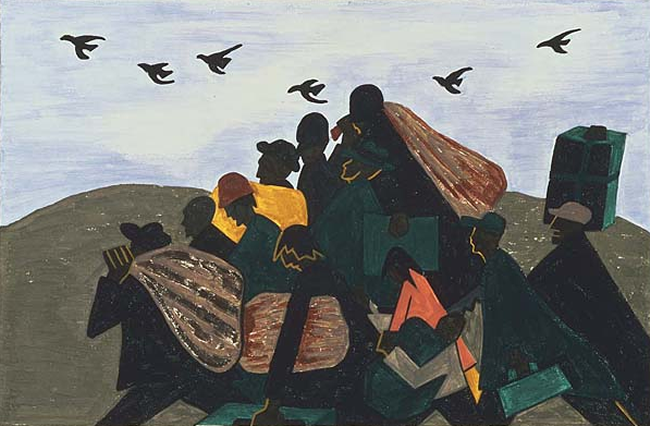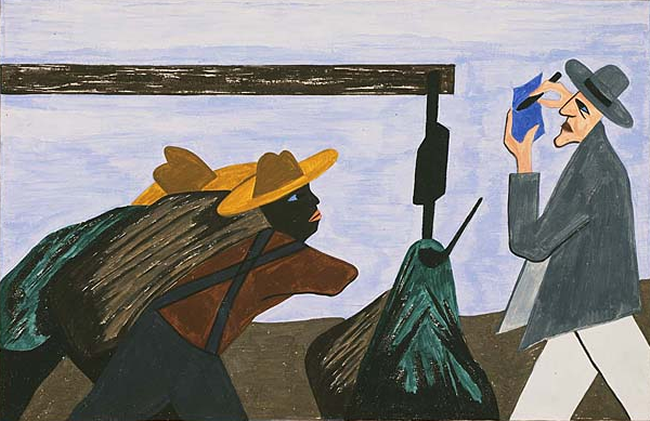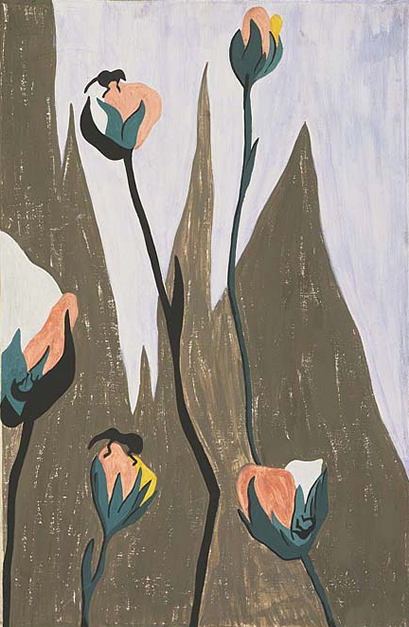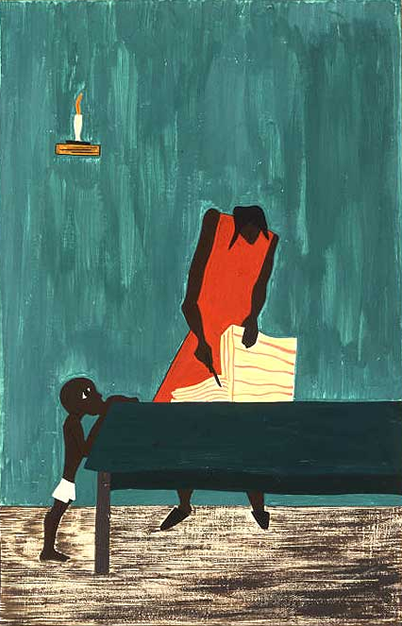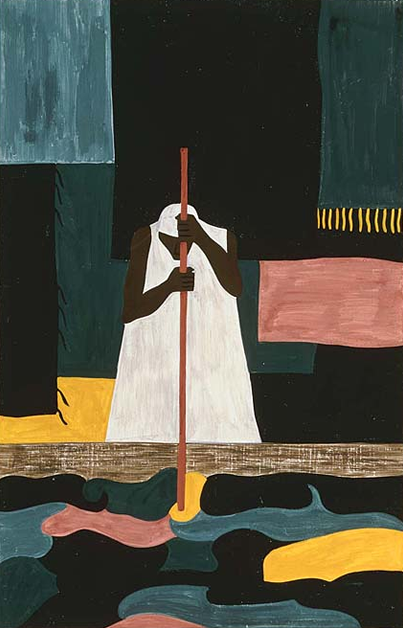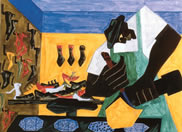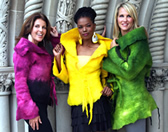THE CONSCIOUS VOICE |
 |
aRT cULTURE dESIGN |
|---|
|
JACOB LAWRENCE YAYOI KUSAMA |
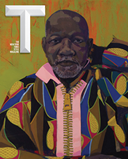 |
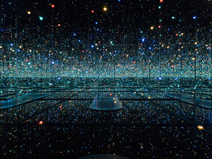 |
LINKS |
|
|---|---|---|---|---|---|
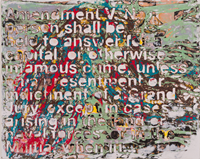 |
KERRY JAMES MARSHALL MARK BRADFORD |
 |
|
JACOB LAWRENCE: THE MIGRATION SERIES opens at the Seattle Art MuseumExclusive West Coast premier reunites 60-panel masterpiece, celebrates 20th Century American Master |
|---|
The Migration of the Negro, Panel no. 3, 1940-1941; In every town Negroes were leaving by the hundreds to go North and enter into Northern industry. |
This major development received little public attention. That was, until 'one of America's leading modern figurative painters,' brushed the migration experience into a powerful expression of the human condition. Now, all 60 panels of Jacob Lawrence's, masterwork, will be on display at the Seattle Art Museum in Jacob Lawrence: The Migration Series.
|
||
|---|---|---|---|
t. The Migration of the Negro, Panel no. 17, 1940-1941; The migration was spurred on by the treatment of the tenant farmers by the planter.
|
After the epic premier at The Phillips Collection in Washington, DC, the exhibition will open at the Seattle Art Museum in commemoration of the 100th anniversary of artist Jacob Lawrence’s birth. On view January 21–April 23, 2017, the exclusive West Coast show represents the first time in more than two decades that all 60 panels of Lawrence’s masterwork will be shown on the West Coast. SAM will install the series like a mural on the walls of its Gwendolyn Knight & Jacob Lawrence Gallery, which was created to honor the artists enduring gifts to the city. Lawrence moved to Seattle in 1971, teaching at the University of Washington until 1983. His series of five paintings on the westward journey of African American pioneer, George Washington Bush, are in the collection of the State of Washington History Museum. In 1988, he received Washington State's highest honor, The Washington Medal of Merit. |
The Migration of the Negro, Panel no. 9, 1940-1941; Another great ravager of the crops was the boll weevil. |
The Migration of the Negro, Panel no. 11, 1940-1941; In many places, because of the war, food had doubled in price. |
|---|
The Migration of the Negro, Panel no. 57, 1940-1941; The female worker was also one of the last groups to leave the South. |
The Migration Series is a revelatory monument of early modern American art," said Patricia Junker, SAM’s Ann M. Barwick Curator of American Art. "Now is an extraordinary moment to return to it - the themes of social justice it explores are timeless.” Originally called The Migration of the Negro, Lawrence was just 23-years old when his powerful visual epic catapulted him to national acclaim. HIntegrating text and image, He created his epic statement in poetic cadences of simple shapes and colors as well as recurring symbols of movement: the train, the station, and people traveling. From lynching in the South to the bombing of African American homes in the North, Lawrence’s panels delve deeply into the struggles of people in search of greater economic, social, and political freedom.
In the following decades, Lawrence continued to create paintings drawn from the African American experience as well as historical and contemporary themes, such as war, religion, and civil rights. Later in life, he deemed The Migration Series, the “creative highlight” of his career..
|
|---|
|
|---|
|
Jacob Lawrence |
HOME |
STYLE |
|---|
|
|



